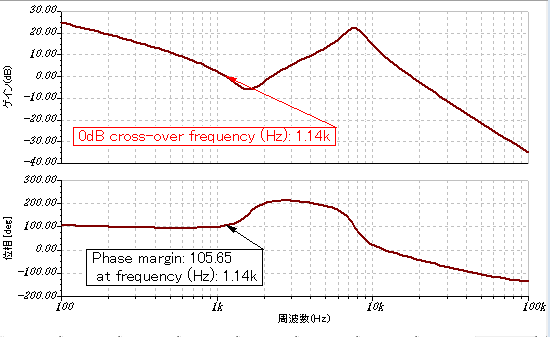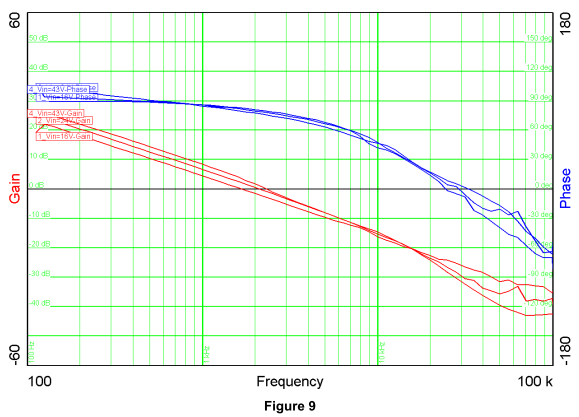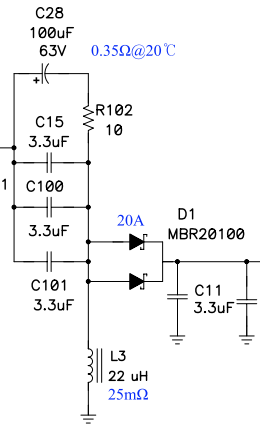Hello,
I want to simulate Gain/Phase of TPS40210 SEPIC configuration.
TPS40210 product page has “TPS40210 TINA-TI Average Reference Design (Rev. C)” and it is example of BOOST converter.
Please advise if I can simulate Gain/Phase of SEPIC configuration when I modify boost circuit as follows.
If yes, please advise how to program following macro parameter of TPS40210.
Best Regards.





